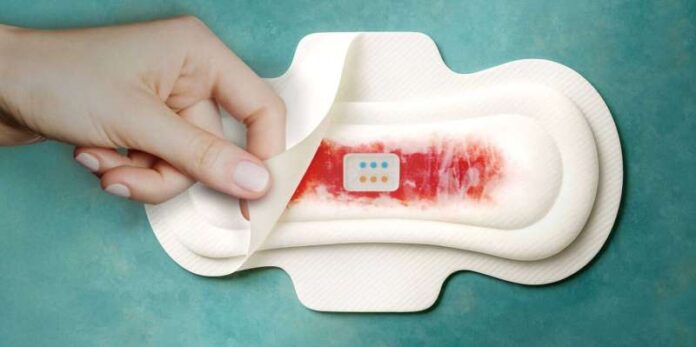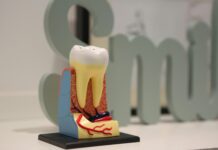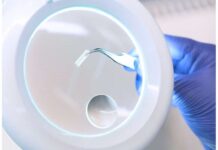Researchers at ETH Zurich have created the first technology that can detect biomarkers in menstrual blood directly in sanitary pads. MenstruAI promises an easy, non-invasive way to record health data in everyday life.
The journal Advanced Science has published the study.
Wearing a sanitary towel with an embedded, non-electronic sensor, snapping a photo of the used towel with your smartphone. And using the app to evaluate it is the straightforward application. MenstruAI is made to make it easy and convenient for consumers to check their health on a regular basis. A new technology from ETH Zurich is, for the first time, introducing a monitoring tool to a place that few would anticipate: the sanitary towel.
Menstrual blood contains hundreds of proteins, many of which have a link with their levels in venous blood. Numerous disorders, including malignancies such as ovarian cancer or endometriosis, cause the presence of certain proteins in the blood. That can be used as biomarkers to diagnose disease.
MenstruAI was developed by ETH researchers starting with three biomarkers. They presently record the C-reactive protein (CRP) as a general inflammation marker, the tumor marker CEA, which is commonly high in all types of malignancies. And CA-125, a protein that can be elevated in both endometriosis and ovarian cancer.
MenstruAI:
MenstruAI uses a paper-based fast test strip, which is similar to the premise used in COVID self-test. But this time it analyzes blood rather than saliva.
When the biomarker in menstrual blood reacts with a specific antibody on the test strip, a colorful indicator appears. The color intensity fluctuates according to the concentration of the matching protein.
The higher the concentration, the darker the color. The test area is housed in a unique tiny flexible silicone chamber that may be used with a commercially available sanitary towel. Because of its revolutionary design, just a controlled volume of blood may reach the sensor without smearing or misleading the test.
The findings can be read with the naked eye or with a specifically designed software based on machine learning. That evaluates the color intensity.
Herrmann said:
Right from the outset, the aim was to develop a solution that can also be used in regions with poor health care provision and would be as cost-effective as possible, potentially enabling population-based screening
As a result, MenstruAI can act as an early warning system, directing users to seek medical attention if aberrant levels are detected. It is not designed to replace proven diagnostics, but rather to provide guidance on when a visit to the doctor may be appropriate. Furthermore, health advancement can be tracked over time, allowing any alterations to be more clearly understood.




